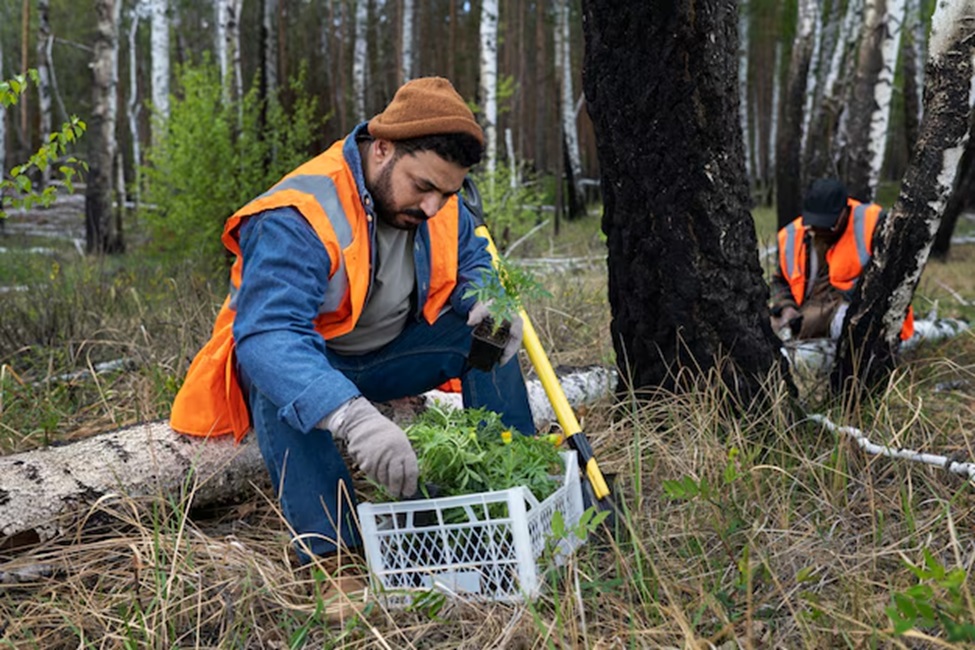Understanding the Importance of Regular Tree Health Assessments

Trees are essential to our environment, providing numerous benefits such as oxygen production, carbon sequestration, and aesthetic value. However, like all living organisms, trees require regular care and monitoring to remain healthy and safe. This article explores the importance of regular tree health assessments and how they contribute to the well-being of your landscape.
The Role of Tree Health Assessments
Regular tree health assessments are crucial for identifying potential issues before they become serious problems. These assessments involve a thorough examination of the tree’s structure, roots, leaves, and overall condition. A professional tree service can detect early signs of disease, pest infestations, and structural weaknesses that may not be visible to the untrained eye. Early detection and intervention can save trees from decline and prevent costly removals or property damage.
Detecting Diseases and Pests Early
One of the primary benefits of regular tree health assessments is the early detection of diseases and pests. Trees can suffer from various ailments, including fungal infections, bacterial diseases, and infestations by insects like beetles and borers. By conducting regular assessments, arborists can identify these issues in their initial stages and recommend appropriate treatments. This proactive approach ensures that trees remain healthy and reduces the risk of widespread damage to the surrounding landscape.
Promoting Tree Longevity
Regular tree health assessments are essential for promoting the longevity of trees. Trees that are regularly monitored and maintained tend to live longer, healthier lives. Assessments help determine the specific needs of each tree, such as pruning, fertilization, or soil improvement. By addressing these needs promptly, arborists can enhance the tree’s growth, resilience, and overall health. Healthy trees not only contribute to the beauty of your landscape but also provide long-term environmental benefits.
Enhancing Property Value and Curb Appeal
Healthy, well-maintained trees significantly enhance the aesthetic appeal and value of your property. Regular tree health assessments ensure that your trees remain in optimal condition, adding to the overall attractiveness of your landscape. Prospective buyers and visitors are often drawn to properties with lush, vibrant trees. Moreover, healthy trees provide shade, reduce energy costs, and improve air quality, making your property more desirable. Investing in regular assessments and tree services can yield substantial returns by increasing property value and improving the quality of life.
Preventing Costly Emergencies
Neglecting regular tree health assessments can lead to costly emergencies. Dead or dying trees pose significant risks, especially during storms or high winds. Without timely intervention, these trees can fall, causing extensive damage to property and infrastructure. By scheduling regular assessments, you can identify and address potential hazards before they escalate into emergencies. This proactive approach not only saves money on emergency tree removals but also protects your property and ensures the safety of everyone on-site.
Conclusion
In conclusion, regular tree health assessments play a vital role in maintaining the well-being of your landscape. By detecting diseases and pests early, assessing structural integrity, and promoting tree longevity, these assessments contribute to the health and safety of your trees. Moreover, they enhance property value, curb appeal, and prevent costly emergencies. Engaging professional tree services for regular assessments and tailored care ensures that your trees remain healthy, beautiful, and an asset to your property for years to come. Prioritizing tree health assessments is an investment in the long-term sustainability and aesthetics of your landscape.
